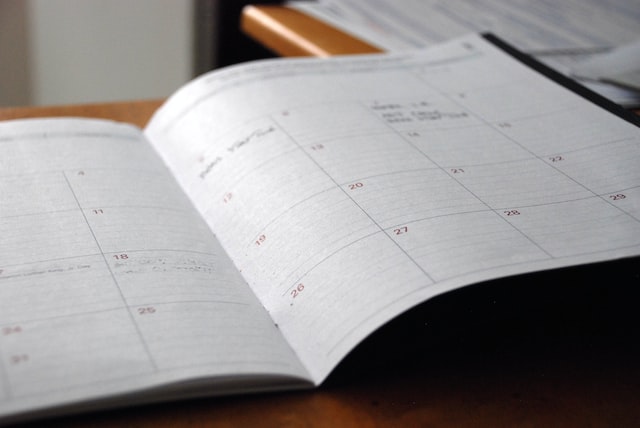A year consists of 260 days if weekends are excluded. Due to the leap year, this number will be 261 every four years, such as in 2020. This calculation is carried out using a straightforward formula: The number of weeks in a year is 52.14, and each week contains two weekend days; therefore, there are five weekdays remaining. When you multiply these five days by 52.14, you get 260.7, or 261 when rounded up. During leap years, you would need to add an additional day to that total.
How Many Days Does a Year Contain?
A standard calendar year includes 365 days. The Gregorian calendar is the calendar most commonly used in daily life. There are 366 days per year during leap years, which occur every four years.
There are different methods of measuring a year, such as the Julian year. This calendar type is utilised for astronomical computations. A year consists of 365.25 days. There is also the Sidereal year, which is the length of time it takes for the Earth to complete one rotation around the sun. The Sidereal year consists of 365.25636 days.
How Many Weekend Days Does a Year Contain?
If you have previously determined the number of weekdays in the year, this computation is simple. Subtracting 260 days from 365 days reveals that there are 105 weekend days in a given year. Again, add one additional day for leap years.
How Many Weeks Does a Year Contain?
We can calculate the number of weeks in a year using more elementary mathematics. In a year without a leap day, there are 365 days, and there are seven days in a week. 365 days divided by seven days equals 52.143 weeks or 52 weeks and one day. The same procedure would be used to determine the leap year calculation: 366 / 7 days = 52.286, or 52 weeks and two days.
How Many Work Hours Does a Year Contain?
The conventional method for calculating the number of work hours in a year is to multiply 52 weeks by 40 hours per week, yielding a total of 2,080 work hours. This figure does not account for holidays and is based on a 40-hour workweek for a full-time employee.
Fascinating Facts Regarding the Calendar
In the 1500s, Pope Gregory XIII introduced the calendar, hence its name, the Gregorian calendar. People initially viewed it as the Antichrist’s work, and they were not open to it.
Attempting to determine why leap years occur when they do is really perplexing. Leap years occur during years that are divisible by four, but if those years are also divisible by 100, they must be divisible by 400 as well. The years 1900, 2100, and 2200 cannot be leap years, for example. The years 1600, 2000, and 2400 are, nonetheless, leap years.
In our day, a new day begins at midnight, although this was not always the case. Historically, astronomers measured days from noon to noon. Some tribes began the day at sunrise, while others did it at sunset.
The Daily Buzz combines the pursuit of interesting and intriguing facts with the innate human desire to rank and list things. From stereotypical cat pictures to crazy facts about the universe, every thing is designed to help you kill time in the most efficient manner, all while giving you something to either laugh at or think about!
